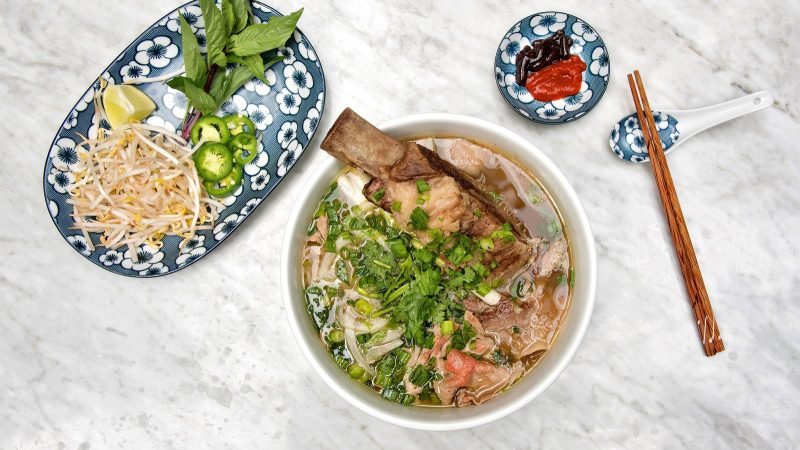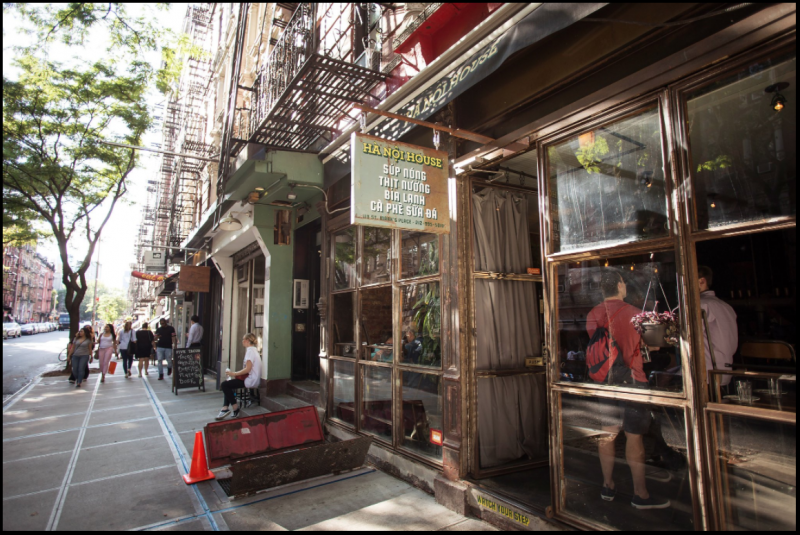Fighting Neoliberalism with Complexity and Nuance
Posted on December 17, 2017I’ve found myself in yet another conundrum. In class we had a debate on if local interventions could change large political systems. Being in this program, I almost feel it compulsory to believe that a local invention can make a huge change. After all, participatory and inclusive design that is lauded today typically has a hyper localized context. Emily Pilloton’s Project H is now placed and committed to Bertie County North Carolina, vowing to work only on projects where the designers and partners share location and share commitment. [1] At the same time though, Neoliberalism has an overwhelmingly uncanny way of subverting nearly anything. Srnicek and Williams, the authors of Inventing the Future: Postcapitalism and a World Without Work, posit that these local interventions don’t have the ability to combat these capitalistic tendencies. [2]
I wasn’t convinced, but somehow this thought insidiously began to grow in my head until I couldn’t ignore it. I even started noticing it in some folks in my cohort. Walking home one day I had an innocuous conversation about groceries with a fellow classmate as we rushed to try to make it to Trader Joe’s. Somehow this turned into a conversation about Key Food’s, an affordable grocery chain, and how it was evilly charging $5 for a head of lettuce in a non-affluent area of Bushwick. Meanwhile I was buying chia seeds and greek yogurt. I had morphed into this socialist yuppie I had warned myself of becoming prior to moving to New York.
So what is a designer supposed to do? Is there a place for design in this sphere? If the best way we can responsibly design is by taking an approach similar to Project H, but none of those efforts can break free from Neoliberalism, what do we do? I was once again in between a rock and a hard place.
Srnicek and Williams critique the left wing politics of today at reducing our institutional problems to the human scale. It’s the age of “folk politics” where immediacy and tangibility drive the attitudes and outcomes. [2] It makes sense why we would politicize something to that scale, it’s how we can get people to mobilize. I don’t think there’s a flaw in bringing things to the human scale, neither do they, but the issue is that scaling up is a tricky process. The authors propose using the Neoliberal handbook to scale out an alternative future, of automation and less work and universal basic income.
Although attacking a problem locally may be like taking an advil to the global issue, I can’t stomach fighting fire with fire. I want to believe in people’s potential. I think as a designer if you don’t you fall into another trap. You can’t preach co-design and inclusivity if you don’t believe in your partner’s capability. The Neoliberal handbook treats society like their sheep. With resources you can’t plant thinkers and voices into puppeteering the general populace towards a cultural hegemony that fits with your agenda. Right now it’s a free market, capitalist society, but an uncapped future of automation and no work can be just as scary if the ends don’t justify the means. There’s a reason why the local hasn’t scaled up yet. But that doesn’t mean it can’t, it’s just a very different beast to tackle, a beast that requires us to muck through the messiness of the various flows that traverse this planet at faster and faster rates.
Globalization is a reality. We feel it’s flows more and more everyday. We can lament at Neoliberalism rearing it’s ugly head when you see a bowl of pho being charged for $17 in New York. I lament that a good bowl of pho here costs $17 dollars. Here’s capitalism, once again commoditizing a dish that costs $1-2 on the other hemisphere of the world. But there’s another side to this coin. “What these arguments fail to consider is that at least as rapidly as forces from various metropolises are brought into new societies, they tend to become indigenized in one or other way…” [3] How I read this statement is basically New York might be totally exploiting a Vietnamese dish, but that’s not necessarily a one way street. On top of that, Vietnam has other issues with other neighbors on the global scale that are equally if not more impactful than what New York or America is doing to it. The politics you can unpack within this delicious bowl are infinitesimally nuanced.

Alan Winslow for New York Times
There are a lot of things at play when you look at a $17 bowl of pho. I’m going to focus in on two Vietnamese restaurants in the East Village, Hanoi House and Madame Vo. Hanoi House is your northern Vietnamese interpretation of the staple dish, the region where it originates. It’s more simple, flavors refined, and focus is on perfecting the essentials. The accoutrements that you typically see at Vietnamese restaurants in America aren’t there. There’s no plate piled with beansprouts, basil, culantro, and lime. Try adding a squirt of deeply sweet and salty hoisin sauce in actual Ha Noi and you will get glares or a slap on the wrist from a dutiful aunt. A similar thing happens in Ha Noi House. A few blocks away is Madame Vo which serves southern style pho. It has a slight sweetness in the broth. Here your bowl does get accompanied by a bed of herbs and spices that add a complexity of flavor and texture to your austere bowl. Hoisin and Sriracha is welcome – although sriracha is not even Vietnamese even though it’s founded by a Vietnamese man and served at every Vietnamese restaurant. I will table this topic to simplify my point. At the end of the day both of these damn things cost $17 and as a grad student I’m certainly not in the tax bracket to be dropping that kind of cash on something I get for free at home or could make myself for a fraction of the price.
Now both of these restaurants are Vietnamese-owned, by Mr. Ly and Mr. Nguyen. [4] Mr. Ly was actually born in Thailand even though he is Vietnamese, and Mr. Nguyen comes from a mixed region ancestry. Even though they both have roots from the country of their products, I don’t want to excuse their capitalist tendencies. Already you can sense that I feel conflicted about one of my favorite dishes being a vehicle for ridiculous profit. There are other things at play here though. Both restaurants are packed all the time; it’s hard to find good Vietnamese food in this city. Look up Ha Noi House or Madame Vo on Instagram and your flooded with food porn that will submit anyone with the slightest epicurean proclivities. As a resident of East Village, the rent is damn expensive. From a costs perspective, perhaps some of that $17 is going somewhere beyond Mr. Ly or Nguyen’s pockets. And each dish embodies two distinct ideologies – the modernity and open-mindedness of Saigon or a steadfastness in tradition that continues to be upheld in Ha Noi.

Alan Winslow for New York Times
This little bowl of pho captures a disjuncture of “ethno, media, techno, finan, and ideoscapes.” These are the 5 dimensions of global cultural flow that Appadurai defines in his framework. I can’t tell you how I feel about this. On one hand I turn my nose up at the ridiculousness of the price but on the other I have both restaurants ear marked for the next time my family visits. It’s totally hypocritical and contradicting. But this is what happens at these disjunctures, individuals make “imagined worlds” that are highly perspectival and can bend these contradictions to make sense to them. There’s already so much to break down from a bowl of soup, imagine what contradictions and nuances lie in a problem like equitable air in East Harlem? That’s a local problem that has even more nuance. We have to find a way to reconcile these nuances and contradictions.
These disjunctures are typically the scene where local interventions work in. They take into mind the “folk politics” of the context and try to navigate through them. This is extremely difficult to work with. It requires time, attention, and care. You might be saying now that maybe it’s not worth it then to approach things at such a small, nuanced level. But the fact of the matter is, every issue is just as nuanced if not more. Going back to the Appadurai quote, it’s not a unilateral flow. Good old American work clothes have become “exploited” in Japan as “Ametora” fashion where a pair of dad jeans costs a pretty penny. [5] In fact Japanese riffs on classic American clothing is so good that’s where the center of the craft is now as the Levi’s and GAP’s move more towards automation and less human touch. I posit that the genie has already been let loose and there’s no going back. Global flows create complexity in nearly everything and the only way forward is by embracing these disjunctures.
Maybe things like the play pump or hippo roller are examples of cultural hegemony from the West and it’s capitalist future it envisions. But those aside, there are projects that make sure to sift through the weeds and shirk the Neoliberal baggage carried by anyone from the Global Northwest – or really anywhere. Instead of taking tactics from the mid twentieth century, we should create a new rule book that can properly deal with the complexity of this world. These projects that are thoughtful and responsible are only just beginning. These are uncharted waters, and perhaps that’s why these human scale politics have not scaled up. It will take time, but we won’t learn how to operate in this new world by working top down. From the top you can miss the nuance, and if a food can have so much to look at, imagine the exponential amount in tackling a systems problem right at the top. You won’t catch it all. Starting small and moving up is the key to preventing yet another cultural hegemony in a world that grows even more pluralistic.
[1]Pilloton, Emily. “Are Humanitarian Designers Imperialists? Project H Responds” Co.Design https://www.fastcodesign.com/1661885/are-humanitarian-designers-imperialists-project- h-responds
[2]Srnicek, Nick, and Alex Williams. Inventing the Future: Postcapitalism and a World without Work. Verso, 2015.
[3] Appadurai, Arjun. “Disjuncture and Difference in the Global Cultural Economy.” Theory, Culture Society, Sage Publications, 1990.
[4] Ligaya, Mishan. “A Rare Manhattan Find: Great Vietnamese Food, Times Two” The New York Times. https://www.nytimes.com/2017/07/13/dining/vietnamese-restaurant-nyc-hanoi- house-madame-vo-review.html
[5] Woolf, Jake. “How Japan Beat America At It’s Own Game” GQ. https://www.gq.com/story/ ametora-author-interview-american-japan-style